
Young barn owls are shown in this photo. The local Audubon Society chapter is looking to grow its ranks and protecting barn owls is one of the many aspects of the program.
What began as a conservation effort in 1905 continues to this day.
And locally, organizers are hoping it can grow and involve more members of the community.
“We are trying to rejuvenate,” said Jeanette Hanneman, secretary of the Yosemite Area Audubon Society.
The National Audubon Society began way back in 1905 on the heels of American conservationism and a growing movement to protect birds.
Since that time, it has grown into a worldwide effort not only focused on birds, but also on wildlife and the environment in general.
For many years, the local chapter was active and doing everything from annual bird counts to helping monitor bird activities throughout Mariposa and Eastern Madera counties, including Yosemite National Park.
But then came the pandemic as well as some members having to step back for various reasons. Although it has always been present, it was in a more reduced way.
“We stopped meeting and people changed,” said Garcia.
Now, however, local officials are trying to revitalize and reinvigorate the group. Hanneman and Pat Garcia, the treasurer of the group, along with its president, Bill Ralph, are leading that effort.
What is Audubon?
“A conservation group dedicated to observing and conservancy of birds and wildlife,” said Garcia.
“To protect birds and the places they need today and tomorrow,” said Hanneman.
The mission both locally and nationally work in harmony and much of it is gathering information about birds, bird habitat and what impacts issues like climate change, pesticides and so much more are having on the bird populations and wildlife in general.
A good example is the American kestrel. That was the focus on the November meeting of the group where they learned about the bird, its habitat and the challenges.
Hanneman said there are now experts who are working on the issue, including DNA analyses so they can determine what the birds are eating and how that is impacting their lives.

An American kestrel is shown in this photo. A new focus is being placed on these birds with tracking and monitoring a priority.
The American kestrel is the smallest of the falcon species, said Hanneman, and its numbers have been declining. That’s why there is an interest in finding out more. Officials have now placed transmitters on some of the birds to get a better assessment.
“What do people want?” asked Hanneman when questioned about the direction of the local group.
Some of that is as simple as reviving the nature walks where individuals and families can learn more about birds as well as have fellowship and enjoy the outdoors.
“There are different approaches for the public to get involved,” she said.
Garcia said one of the main focuses is to revitalize the educational component of the local group.
That, she said, is critical in not only getting more people involved, but also getting the word out about just how important it is to preserve bird and wildlife habitat in general.
It can also help get more young people involved, which both said is an important step in keeping the movement strong.
“The next generation is interested,” said Garcia.
She believes younger people do have a high interest in protecting the environment.
Everyday assistance
Although doing nature walks and bird counts are a critical component of the local group, there are also ways the average person can get involved.
One of those ways, said Hanneman, is to make your property friendly for wildlife and let nature take its course.
“Let them travel through,” said Hanneman.
Garcia encouraged people to “observe what you can” in addition to planting pollinators and native plants.
In other words, because we are in the Sierra foothills, take advantage of that and let nature be nature.
“Eventually, you will see results around your property,” said Hanneman.
It can also help spark interest in family members who might want to learn more about the natural surroundings.
That’s part of the educational component they are trying to build.
One part of that is finding someone in education who might be willing to join the group and take the lead in that aspect of the society.
Garcia said they have already had an inquiry from Coarsegold Elementary about working with the students. They plan to pursue that and make it happen.
“We are moving slowly forward,” said Hanneman.
She said people who home school their children are welcome to contact them to see if there are programs of interest.
The bird count … and more
One of the longstanding traditions of the national chapter as well as the local chapter is the annual Christmas Bird Count.
That takes place in December and has been going on “for a very long time,” said Garcia.
During that event, groups of people are led by a coordinator and work with that person to cover a predesignated area where they record the various birds they observe.
That information is then sent to the national organization where a nationwide report is generated showing the current state of bird species throughout the country.
“It is super important,” said Garcia.
Another, less informal, event takes place in February during the “backyard bird count.”
That’s a program where people can be at their homes, or wherever, and simply document the birds they see during a given time. That information, too, becomes part of the area and national records and gives experts valuable information that lends direction to programs.
The group also has a bird box program and will help local residents set them up and give them direction on how the program works. There are songbird boxes and more.
“We can give them tips on how to do the boxes,” said Hanneman.
Both said there are “a lot” of boxes throughout the area and valuable information is gathered, ranging from migration patterns to the number of young that are born.
Some of the information gathered can help area ranchers learn how to use less pesticides while still controlling the rodent populations.
Living and learning
All of this, and more, is why the national group was formed and why there are so many chapters nationwide.
Garcia said in some cases, they are seeing the decline of certain species because of issues like light pollution, pesticides, climate change and more.
In other cases, there are inspirational stories of recovery of species because of conservation efforts.
Garcia refers to it as a “sustainable balance” between nature and humans.
“We know we have,” said Garcia when asked if the Yosemite Area Audubon Society has made a difference over the years.
Hanneman pointed out a story about a barn owl that was tagged about five years ago near Road 600 in the Raymond area.
Unfortunately, it was killed when hit by a car near Richmond, which is in the northern Bay Area. But they learned that owl had traveled that long distance in its journey.
That is the kind of information they said is so valuable — and information that can be fostered by people who join the group and become part of the cause.
“We need people,” said Garcia. “Pick your interest.”
They also invite people to join a meeting to “see what it’s about,” she said.
For example, on Dec. 11, the group will be conducting its monthly meeting, via Zoom, and the topic will be the long-eared wood rat and its role in nature. An expert will present a program and those in attendance can ask questions and gain knowledge.
They are planning similar programs each month in order to help educate the public as well as find people who might be interested in joining the group and taking on certain roles.
The group meets the second Thursday of each month at 7 p.m. Winter meetings are via Zoom and they meet in person the other months.
Membership is just $15 a year. To find out more, visit yosemiteaudubon.org or find the group on Facebook.
You can also email info@yosemiteaudubon.org for more information.


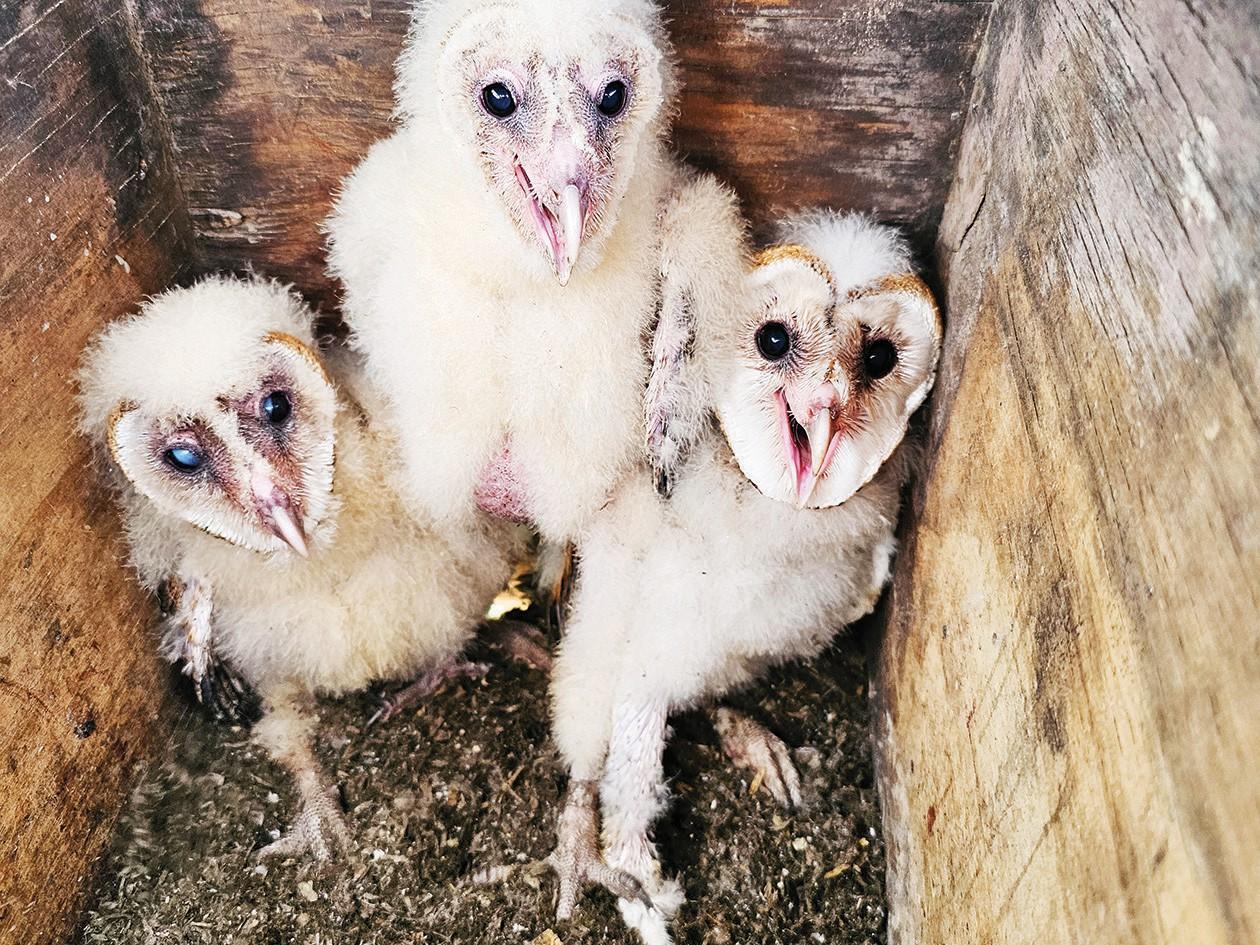



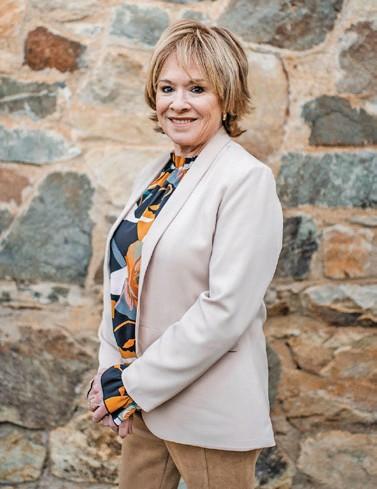
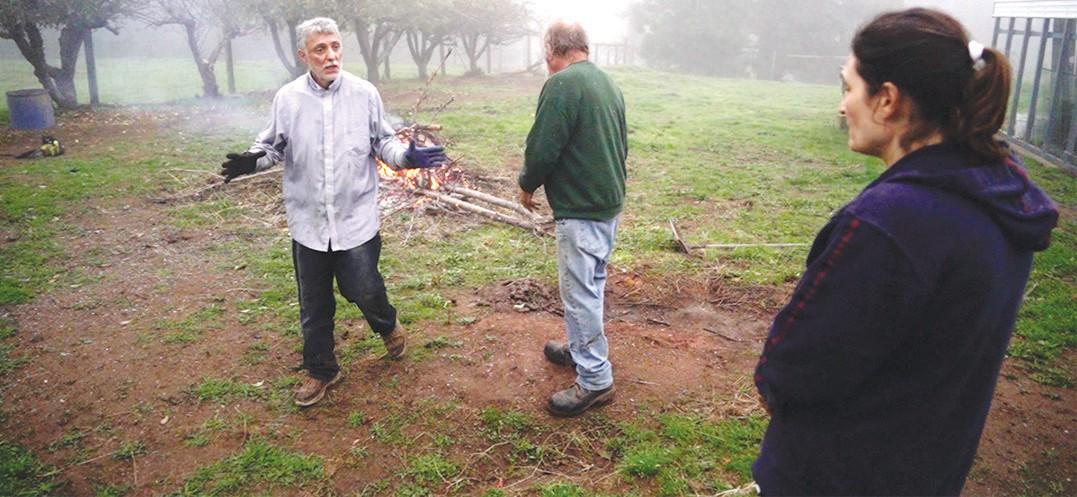
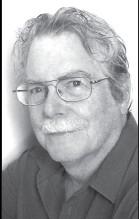
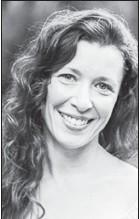
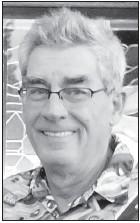

Responses (0)